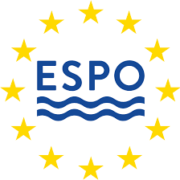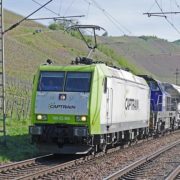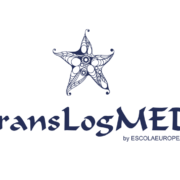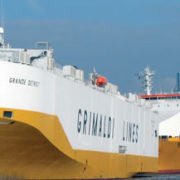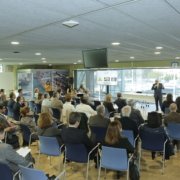Union for the Mediterranean launches the TransLogMED project in Egypt
The TransLogMED project was launched in Ismailia (Egypt) during the conference organised by the Union for the Mediterranean (UfM) on Maritime Transport in Logistics, held between the 8th and 9th of May. The project presentation was delivered in the presence of the conference attendees, which included the prime minister of Egypt Sherif Ismail and Vice-Admiral Mohab Mamish, the president of the Suez Canal Authority.
The long-term objective of TransLogMED is to foster the development of the motorways of the Sea between the Mediterranean countries, which will in turn help promote inclusive growth and youth employability, as well as sustainable development in the region. Through the promotion of international cooperation in transport transactions and by providing training in intermodal transport that knows no borders, the project aims enhance the competencies and capabilities of transport and logistics operators from the Northern and Southern shores of the Mediterranean basin, whilst trying to create a knowledge network with a best practices exchange platform.
During the annual conference the project was promoted by the UfM, ACASME (Association of the Mediterranean Chambers of Commerce) represented by its president Ahmed M. El Wakil and the Escola Europea – Intermodal Transport, represented by its director Eduard Rodés.
The Escola Europea is the leader of TransLogMED. Throughout the conference the initiative was endorsed by members of the Escola’s Steering and Executive Committees: Paolo Signorini, the president of the ports of Genoa; Pedro Arellano, Deputy Director of the Port of Barcelona; Luca Lupi, Deputy President of the Ports of Rome and Lazio; as well as by Eduard Rodés, who is its president.
The conference brought together transport professionals from across the Mediterranean sea including representatives from centres which will collaborate with the Escola in the TransLogMED. These included Imed Zammit CEO, of the Institut Méditerranéen de Formation Aux Métiers Maritimes (IMFMM) from Tunis, Pr. BENABID Tahar Director of the Ecole Nationale Supérieure de Technologie from Argelia, Taoufik el Khadmi, director of the Institut de Formation Portuaire of Morocco and Alaa Morsy, vice-dean of the Port Training Institute of the Arab Academy for Science and Technology and Maritime Transport in Egypt.
For more information on the project and its planned activities you can consult the project page https://escolaeuropea.eu/projects/translogmed/ or write to info@escolaeuropea.eu.




